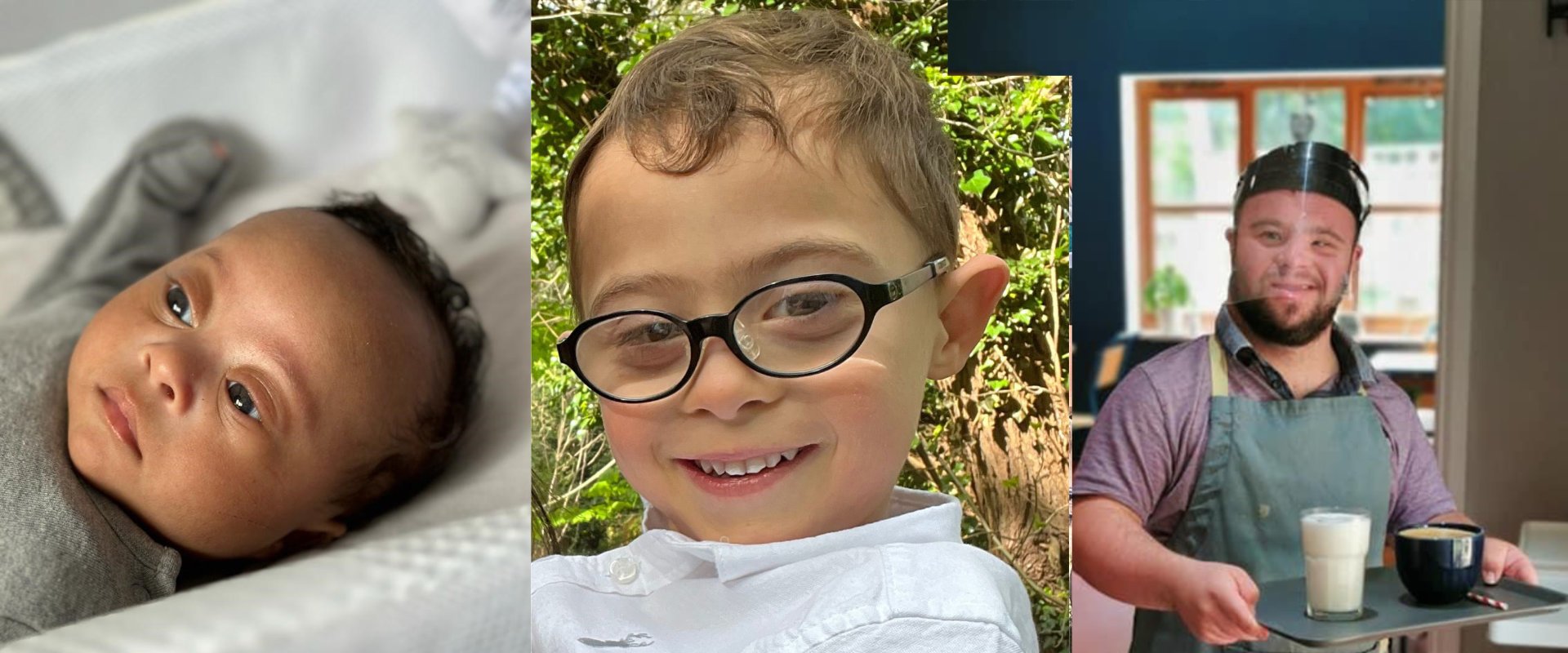
INTEGRATED CARE PATHWAY FOR CHILDREN AND YOUNG PEOPLE WITH DOWN SYNDROME
BUDDS: Barnet Unified Document for Down Syndrome
INTEGRATED CARE PATHWAY FOR CHILDREN AND YOUNG PEOPLE WITH DOWN SYNDROME
Authors
Dr Ella Rachamim, Community Paediatrician, Barnet CDT, Child health HQ, Edgware General Hospital, Burnt Oak Broadway, London HA8 0AD
Dr Anna Petsas, parent representative for Barnet Leading Edge Group (LEG) for DS
Mrs Sandra Redman, Early Years SEND Advisor and Lead for the Barnet Integrated Group for Down Syndrome.
Dr Christine Jenkins, MB BS, BSc, FRCPCH, FRCP, DCH, DRCOG, MRCGP. Consultant Paediatrician, Community Child Health. Barnet Community Paediatric Team. Royal Free London NHS Foundation Trust
This Pathway was developed in partnership with parents, carers, health professionals and those living with Down Syndrome (Spring 19 to Autumn 2020). This pathway will be reviewed annually and updated accordingly, through the Leading Edge Group (LEG) for Down Syndrome in Barnet. The document is strategically managed via the SEND Development Group and Partnership Boards. If there are any errors, or changes that should be made, please email corrections to Dr E. Rachamim: Phone: 0207 794 0500 ext 26457 or 26382. Child Development Team (CDT), 3rd Floor, Westgate House, Edgware General Hospital, Burnt Oak Broadway, London HA8 0AD.
Introduction
Any person who has Down Syndrome (DS) is a person first. As with any child or adult, they will have their own unique personality and attributes. It is important to remember that having Down Syndrome does not define them.
Down Syndrome is the commonest autosomal anomaly, present in 1 in 600-700 live births. About 95 percent of people with Down Syndrome have trisomy 21, where there is an extra number 21 chromosome in every cell of their body. Three to 4 percent of people with Down Syndrome have translocation Down Syndrome, where all or part of the extra number 21 chromosome is attached to another chromosome. The remaining 1 to 2 percent of individuals with Down Syndrome are mosaic, where there are at least two types of cells, some with the usual number of chromosomes (46 total), and others with an extra number 21 chromosome (47 total).
In Barnet there are approximately 6 live births per year of babies who are diagnosed with Down Syndrome. Some families know that their child is going to be born with Down Syndrome due to screening processes, while other families have no indication that their child will have Down Syndrome until they receive a diagnosis after birth.
Even though everyone who has Down Syndrome is different, there are some clinical features present at birth, and some health conditions they may be more prone to. (More information for parents can be found here: PCHR insert for babies born with Down syndrome and for professionals here: https://www.downs-syndrome.org.uk/wp-content/uploads/2020/08/AntenatalNeoNatalPostnatal_Practitioners-guide.pdf
Scope of the Combined Care Pathway
The pathway aims to deliver:
The right people
In the right order
In the right place
Doing the right thing
In the right time
With the right outcomes
All with attention to the patient experience
Feedback from families has identified the need for clarity and consistency in the care of children with Down Syndrome. We have collaborated closely with families, and multidisciplinary representatives from Community Services, Barnet Hospital, Education, Therapy Services, Community Paediatricians, Royal Free Hospital Trust to devise a combined care pathway that is based on national guidelines and applicable to our local services and community. We recognise that transition to adult services can be a worrying time for many families and have incorporated this within the pathway to allow transparency and reassurance that appropriate care and support continues into adulthood.
This pathway will enable people to navigate their way through the relevant health, education and integrated services to ensure no one who has Down Syndrome gets ‘left behind’. It is effectively putting all the information pertinent for people with Down Syndrome in one place. This pathway does not replace those services that all children and adults have access to; e.g., GP services, Midwifery, Health Visiting, School Nursing, Therapy Services, Community Health Services and Hospital Services. It seeks to clarify additional services that may need to be involved in the care of a person with Down Syndrome because of some common health difficulties experienced by some people who have Down Syndrome.
“Amazing! Especially love the appendices, so useful to have everything in one place.” Valerie, parent of a child with DS
”This is incredible, amazing!! Thank you so much!” Vicki, parent of a child with DS
”What a great resource, thank you!” Alison, parent of a child with DS
”This is incredible, thanks so much to all those involved in putting it together, it will make the world of difference in accessing useful information!” Radhika, parent of a child with DS
”Love the BUDDS website! The pathway is such a critical document.” Marilla, parent of a child with DS
”This is amazing! So much information to take in and the ease of accesssing what you need.” Milanski, parent of a child with DS
You have absolutely no idea the difference having a team invested in your child makes. This pathway brings expertise in Down Syndrome along with an entire network of people working together. Seriously, it’s amazing! Do not underestimate how important this piece of work is and most importantly the difference it will make to so many of our children and their families” Barrie, parent of a child with DS
”